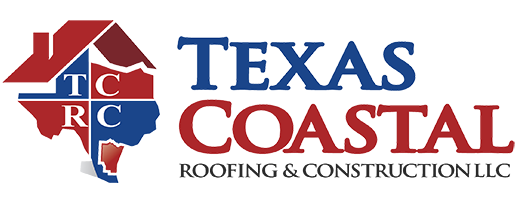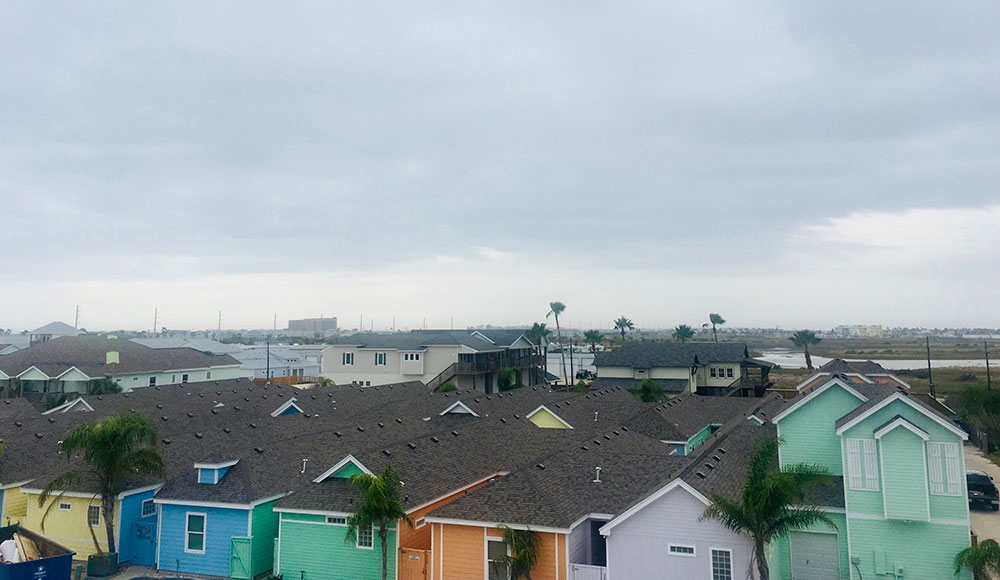Choosing the right roofing material for your home involves evaluating factors like durability, cost, aesthetics, and climate suitability. With various options available, it can be challenging to decide which type best meets your needs. Here’s a guide to the top residential roofs on the market, highlighting their key features and benefits.
1. Asphalt Shingles
Overview: Asphalt shingles are the most common roofing material in residential homes due to their affordability and versatility.
Types: Organic asphalt shingles (with a paper or fiberboard base) and fiberglass asphalt shingles (with a fiberglass base).
Lifespan: 15-30 years, depending on the quality and climate.
Advantages: Cost-effective, easy to install, available in a wide range of colors and styles, and relatively low maintenance.
Considerations: Can be susceptible to damage from severe weather and may require replacement sooner in extreme climates.
2. Metal Roofing
Overview: Metal roofing is known for its durability and longevity, making it a popular choice for many homeowners.
Types: Steel (including galvanized and galvalume), aluminum, copper, and zinc.
Lifespan: 40-70 years, depending on the metal type and coating.
Advantages: Highly durable, resistant to severe weather, fire-resistant, energy-efficient (reflects heat), and low maintenance.
Considerations: Higher upfront cost, potential for noise during heavy rain or hail, and may require professional installation.
3. Clay Tiles
Overview: Clay tiles are a traditional roofing material known for their distinctive appearance and longevity.
Types: Barrel, flat, and interlocking tiles.
Lifespan: 50-100 years or more.
Advantages: Long-lasting, fire-resistant, energy-efficient (good thermal insulation), and low maintenance.
Considerations: Heavy, requires a strong roof structure, higher cost, and can be prone to breakage if walked on or hit by debris.
4. Concrete Tiles
Overview: Concrete tiles offer a similar aesthetic to clay tiles but are often more affordable.
Types: Flat, ribbed, and interlocking tiles.
Lifespan: 50-100 years.
Advantages: Durable, fire-resistant, and available in a variety of styles and colors.
Considerations: Heavy, may require additional structural support, and can be prone to cracking if not properly maintained.
5. Slate Roofing
Overview: Slate roofing is known for its natural beauty and exceptional longevity.
Types: Natural slate and synthetic slate.
Lifespan: 75-100 years or more.
Advantages: Extremely durable, fire-resistant, low maintenance, and highly attractive with a timeless appearance.
Considerations: Expensive, heavy, and requires professional installation due to the weight and complexity.
6. Wood Shingles and Shakes
Overview: Wood shingles and shakes offer a natural and classic look with good insulation properties.
Types: Cedar, redwood, and pine.
Lifespan: 20-40 years.
Advantages: Aesthetic appeal, good insulation, and natural weathering adds character.
Considerations: Requires regular maintenance, susceptible to rot, insects, and fire, and not ideal for humid or wet climates.
7. Synthetic Roofing
Overview: Synthetic roofing materials are designed to mimic the look of natural materials like slate or wood but with enhanced durability.
Types: Synthetic slate, synthetic wood, and rubber roofing.
Lifespan: 30-50 years, depending on the material.
Advantages: Lightweight, resistant to impact and weather, low maintenance, and often more affordable than natural materials.
Considerations: Quality can vary by manufacturer, and some products may not have the same aesthetic appeal as natural materials.
8. Green Roofing
Overview: Green roofs, or living roofs, are covered with vegetation and offer environmental benefits.
Types: Extensive (low-growing plants) and intensive (larger plants and deeper soil).
Lifespan: Varies widely based on maintenance and plant selection.
Advantages: Excellent insulation, reduces stormwater runoff, enhances biodiversity, and improves air quality.
Considerations: High installation and maintenance costs, requires structural support, and may need ongoing care to maintain plant health.
9. Rubber Roofing
Overview: Rubber roofing, often made from recycled materials, is a durable and flexible option.
Types: EPDM (ethylene propylene diene monomer) and TPO (thermoplastic olefin).
Lifespan: 30-50 years.
Advantages: Resistant to weather, UV rays, and impacts; low maintenance; and easy to install.
Considerations: Limited aesthetic options and may not be suitable for all residential applications.
10. Metal Tile Roofing
Overview: Metal tile roofing combines the durability of metal with the appearance of traditional tile roofing.
Types: Metal tiles that mimic clay, concrete, or slate tiles.
Lifespan: 40-70 years.
Advantages: Durable, lightweight, and resistant to weather. It offers the look of traditional materials with the benefits of metal.
Considerations: Can be more expensive than standard metal roofing and may require specialized installation.
Choosing the right roofing material for your home involves balancing factors like cost, durability, aesthetics, and climate suitability. Each type of roofing material has its unique benefits and considerations. Assess your specific needs, consult with a roofing professional, and consider how each option aligns with your long-term goals for your home. With the right choice, you can ensure a durable, attractive, and efficient roof that enhances your home’s value and protection.
Contact Us
Texas Coastal Roofing and Construction can help you maintain your roof’s excellent condition. We offer a variety of services. Call us today at (361) 332-1263to learn more. We serve the Corpus Christi coastal bay area including Portland, Rockport, Port Aransas, McAllen, North Padre Island, Kingsville, Mathis and more!


Recent Comments